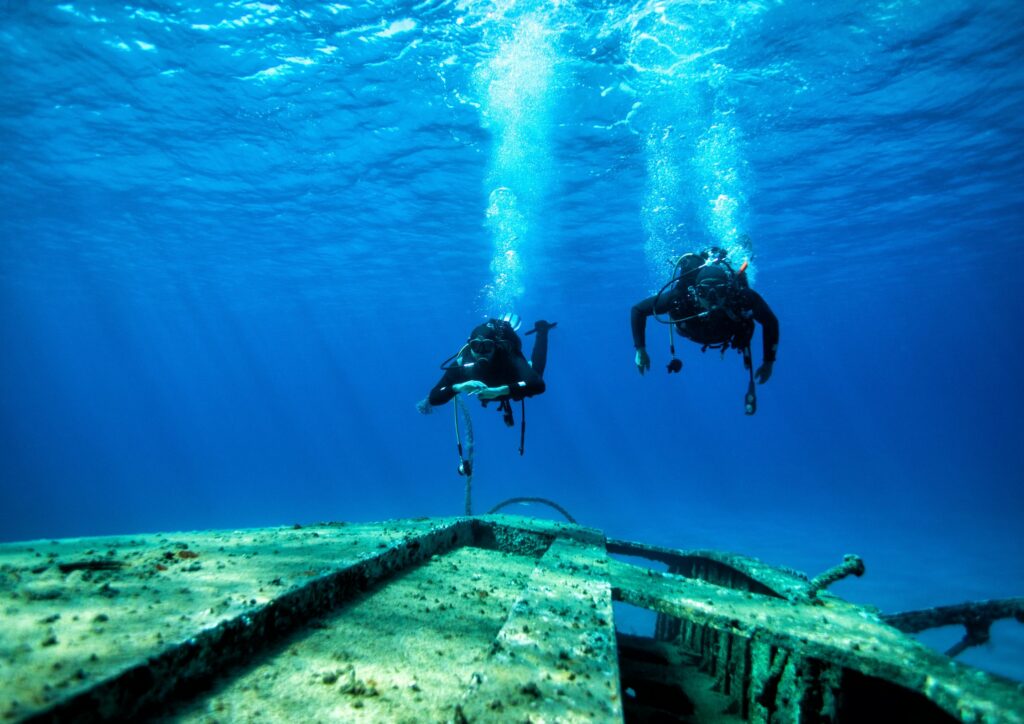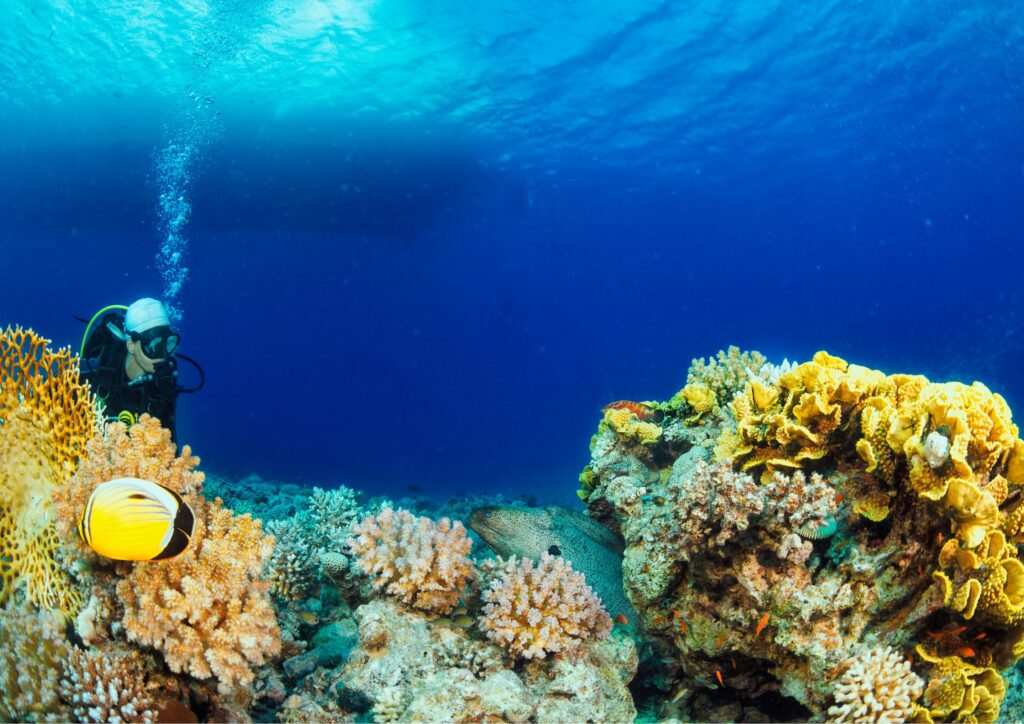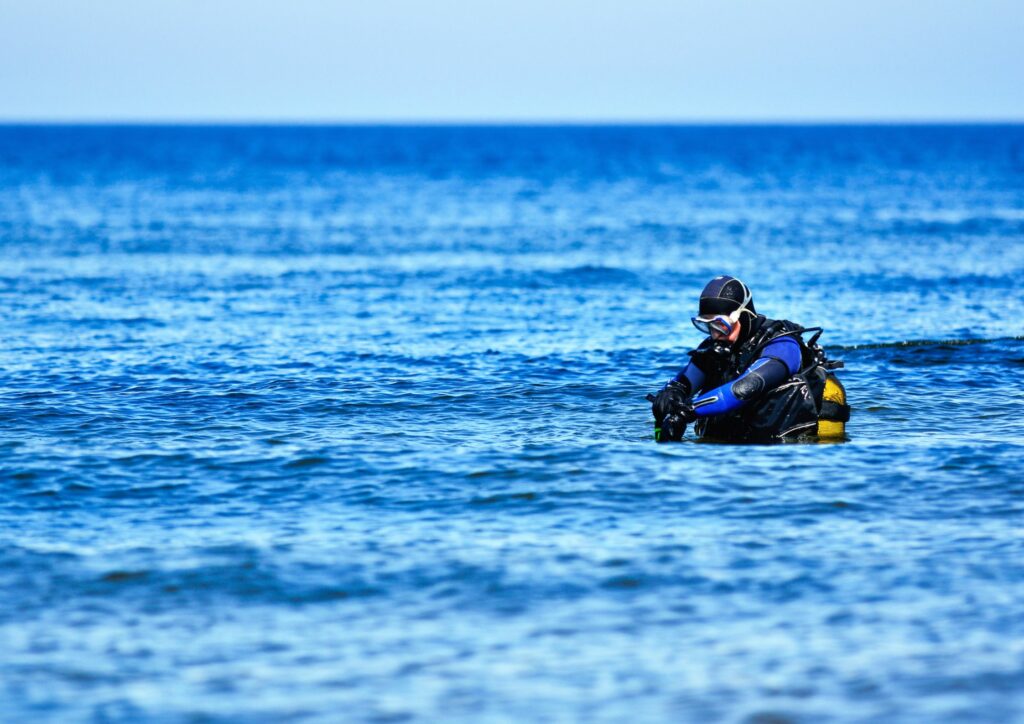The undersea world is a resplendent realm replete with vibrant lifeforms and awe-inspiring formations. However, one needs to tread this watery wonder world with caution. This piece unfolds the crucial aspects of dive safety and provides four indispensable safe diving practices for adventurous aquanauts.
A Deep Dive into Dive Safety Protocols

The significance of dive safety protocols can’t be overstated. These principles, the backbone of a secured underwater journey, cover a range of imperative elements. From the execution of thorough pre-dive checks to ensure all equipment is functioning correctly to practicing the buddy system that lends an extra layer of safety, these guidelines go a long way in ensuring diver’s wellbeing. Given that maintaining buoyancy control is of utmost importance as it helps prevent unwanted and potentially dangerous ascents, buoyancy-related protocols are undeniably essential.
Controlling ascents, on the other hand, reduces the risk of decompression sickness. Whether it’s a novice taking their first dive or a veteran who’s spent countless hours underwater, understanding and following these protocols is a must. The inculcation of these protocols drastically decreases the risk quotient, turning a perilous sport into a safe and memorable activity.
Scuba Diving Safety Tips for Every Dive

While diving protocols provide a solid safety skeleton, additional scuba diving safety tips fill out the rest of the safety muscle. From the vital practice of regular equipment checks to adherence to predetermined maximum diving depths, these safety tips build upon the already mentioned diving protocols. It’s crucial to run through potential emergency scenarios before the dive as effective preparation heightens reaction time and decreases panic. Often, divers neglect inconspicuous yet impactful factors such as personal fitness, adequate rest, and proper hydration, all of which can influence the diver’s safety and efficiency underwater. Integrating dive safety with these elements into their pre-dive routine can significantly decrease the probability of mishaps and enhance the overall diving experience.
Deriving Knowledge from Diver Emergency Procedures
Even with meticulous preparation and staunch adherence to safety measures, unexpected crisis might occur. Diver emergency procedures equip divers with the skills and strategies necessary tackle such situations. Whether it’s recognising and handling equipment failures, dealing with disorientation or even defending oneself in the unlikely event of hostile marine life encounters, these procedures are essential for every diver. Regular learning and practicing of these procedures not only builds confidence but also prepares the diver to handle emergencies with calm and strategic precision, thereby circumventing panic-induced mistakes.
Diving Risk Management for the Adventurous Aquanaut
Enthralling as diving is, the sport comes with its inherent risks. Understanding and implementing effective diving risk management practices add an additional safeguard. Risk management in diving constitutes careful planning of the dive route and duration, identifying potential hazards – both environmental and equipment related, and adopting strategies to mitigate these risks. As invigorating as the thrill of adventure maybe, it should never supersede safety. Dive Safety for effective risk management doesn’t just protect the individual, but contributes towards the safety of the entire diving team. This solidifies teamwork, reinforces mutual trust and enhances the overall diving experience, making it a fundamental practice amongst divers.
The Thrill of the Dive and the Promise of Safety
Exploring the uncharted depths of our planet’s oceans is an experience beyond compare. However, the responsibility that comes with this adventure is immense. By adhering to dive safety protocols, practicing safe diving tips, learning emergency procedures, and managing risks efficiently, a diver can ensure that every dive is not just a thrilling adventure but also a safe one. The oceans await!

I must say, this article has really opened my eyes to the importance of dive safety protocols. As a novice diver myself, I found it extremely informative and helpful.
Dear Khai Ling Tan, we’re thrilled to hear that our article has been informative and helpful for you! As a novice diver, it’s great that you’re taking the time to learn about dive safety protocols. At Gill Divers, we believe that education is key to having a safe and enjoyable diving experience. If you have any further questions or concerns, please don’t hesitate to reach out to us at Tel: +65 6734 9373 or Email: [email protected]. We’re always here to help. Thank you for your comment!
I completely agree with this article! Safety should always be the top priority when diving. It’s amazing how some people tend to overlook these crucial protocols.
We couldn’t agree more, Aisyah! At Gill Divers, we also emphasize the importance of prioritizing safety in every dive. Our team of experienced instructors and guides are always happy to share their knowledge with our divers on how to stay safe while exploring the underwater world. If you have any questions or concerns about dive safety, please don’t hesitate to reach out to us at Tel: +65 6734 9373 or Email: [email protected]. We’re here to help.
I appreciate how this article emphasizes the need for teamwork and mutual trust when it comes to diving. It’s essential that we prioritize our safety as well as the safety of others.
Hi Evelyn, thank you for sharing your thoughts on teamwork and mutual trust in diving. We couldn’t agree more – it’s crucial that we prioritize our safety as well as the safety of others while exploring the underwater world. At Gill Divers, we’re committed to providing a safe and enjoyable experience for all our divers. If you have any questions or concerns about dive safety, please don’t hesitate to reach out to us at +65 6734 9373 or email [email protected].